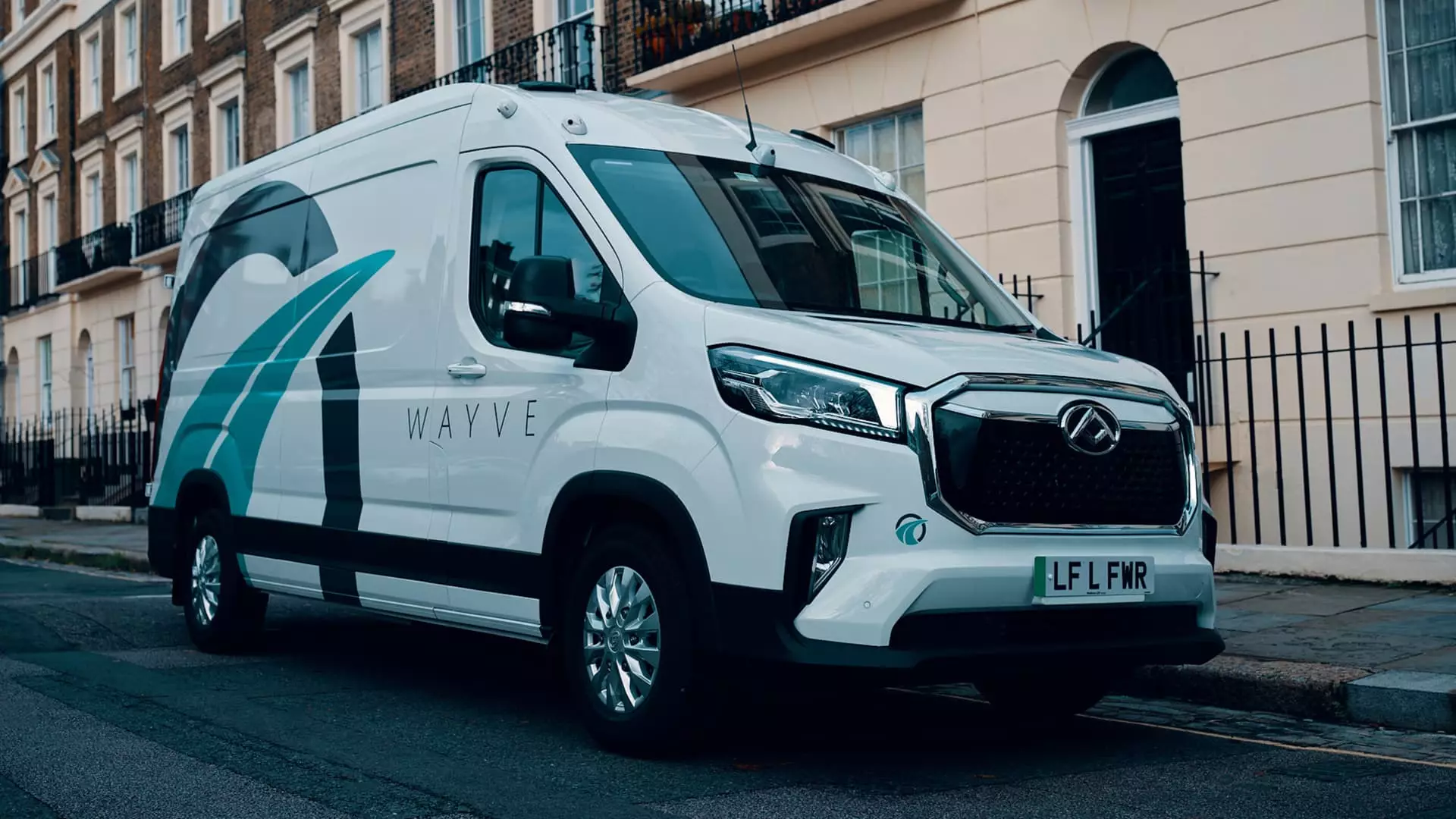Uber’s announcement of its partnership with Wayve to trial fully autonomous rides in the U.K. marks a significant turning point in the evolution of urban transportation. This initiative isn’t merely another experiment; it’s a strategic leap toward a future where traditional human-driven taxis could be as obsolete as horse-drawn carriages. The saturation of self-driving vehicles in cities like San Francisco showcases the urgent need for innovation in transit options. But unlike its competitors, Uber seems poised to tackle the challenge of navigating urban complexities without requiring a safety driver—a characteristic underscored as “Level 4” autonomy. This underscores both a technological victory and a social transformation in our understanding of mobility.
A Regulatory Breakthrough
In a landscape often stymied by bureaucratic inertia, Uber’s ability to fast-track this trial in the U.K. reveals a commendable collaboration with the government. The “accelerated framework” introduced by the Department of Transport is a rarity and could set precedence for other nations grappling with similar challenges. While public safety remains paramount, this approach signals a shift towards embracing innovation rather than stifling it through overregulation. It invites a critical dialogue about how governance can enable technological advancements, especially when the aim is to enhance public safety and convenience.
The Role of AI in Responsibility
The partnership with Wayve introduces a layer of sophistication that needs acknowledgment; their artificial intelligence-powered platform aims to make vehicles contextually aware, adjusting intelligently to dynamic urban environments. However, this raises profound questions about liability and accountability in the event of accidents or malfunctions. If an autonomous vehicle causes an incident, who will bear the brunt of public scrutiny? As we champion autonomy, it must be matched with clarity about responsibility, or we risk creating a future riddled with legal ambiguities that could hinder adoption.
Public Sentiment and Acceptance
While tech enthusiasts and early adopters may embrace self-driving technology, a substantial percentage of the population remains skeptical. Trust issues surrounding autonomous vehicles may hinder their acceptance, particularly after widely-publicized accidents involving self-driving systems in the past. Uber’s transparent communications and collaboration with Transport for London could be pivotal in building public confidence. The narrative must focus not solely on the technology but also the safety and reliability it promises—a dual emphasis that could facilitate better public receptivity.
Navigating the Competitive Landscape
The global race to develop robotaxi services compels incumbents like Uber to innovate relentlessly. While companies such as Waymo have established themselves in autonomous vehicle markets, other players are emerging rapidly. The stakes are high, and an inability to maintain a competitive edge could jeopardize Uber’s standing in a massively lucrative sector. The Wayve partnership is not just a milestone; it’s an essential maneuver in an intensely competitive arena where the winners are those who can harness technology without alienating traditional users.
Ultimately, while we approach a future driven by autonomy, these trials will illuminate our path, ensuring that the journey toward innovation does not compromise safety, regulation, or public trust.

